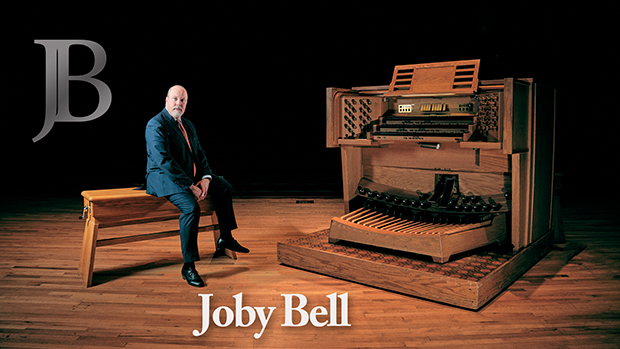I have heard some hair-raising playing in my life, the kind of playing that brings an audience to its feet, the kind of playing that inspires me to press on toward excellence. Beautiful phrasing, caring attention to all matters of music and console technique.
Then I get to meet the organist.
Then I wonder if it is the same person who played so well a few minutes ago.
I have been dissed, ignored, glared at, yelled at, and insulted by organists following their recitals. And all I usually say is my name and GoodToSeeYouThankYouForBeingWithUs. If you see something there that punches people’s buttons, please email me privately and tell me what to adjust.
Then there are those organists who play well but don’t pay attention to the rest of the package. They dress sloppily, ramble, throw music around, and end up saying out loud what they already wrote in the program notes. They have a limp handshake and no social graces. And I am not impressed by the "shucks-folks-I'm-just-happy-to-be-here" persona. If you’re going to be famous (or already are), then act the part and be the complete artist in the performance. You can shuck folks later at the reception.
Then there are those who shouldn’t open their mouths at all. I once attended a recital by a fast-rising star. About five minutes before the recital was to have begun, he ambled out, looked up into the ceiling and said, “Well, I seem to have walked out a little early. It looks like the lights haven’t gone down yet. Well, while I’m here, I might as well thank [fumbles in pocket, retrieves piece of paper] the, uh, X Chapter of the American Guild of Organists, as well as, uh, Dr. X here at the University of, uh, X.”
I have seen more than one major artist behave like an ass outside the recital, play like a pig in the recital, and receive unbridled bravos and riotous applause at the end. How does this happen, Dear Reader?
As I said last week, the complete organist needs to be able to do much more than just play well. An organist’s behavior outside the recital is becoming more of a deal breaker than before. There are scores more organists roaming the advertising streets than ever before, and choices are becoming more plentiful. You may no longer have to say, “She plays well, but you have to deal with XYZ if you get her.”
I have lost count of the number of times I have been told by a presenter how much easier I am to work with than Person X was last week. And I know it’s true. There is no excuse for some of the behavior I have seen in this business. Clean it up, folks.
 Monday, February 25, 2013 at 7:45AM
Monday, February 25, 2013 at 7:45AM  Joby Bell | tagged
Joby Bell | tagged  Free PDFs. Help yourself.
Free PDFs. Help yourself. 